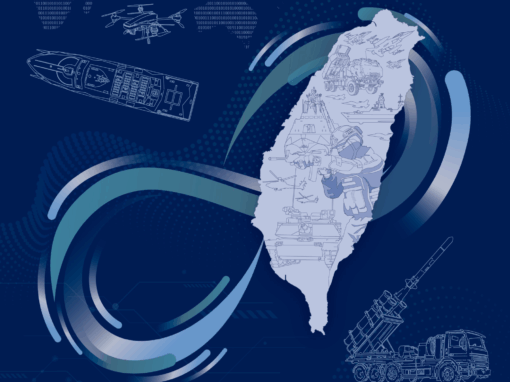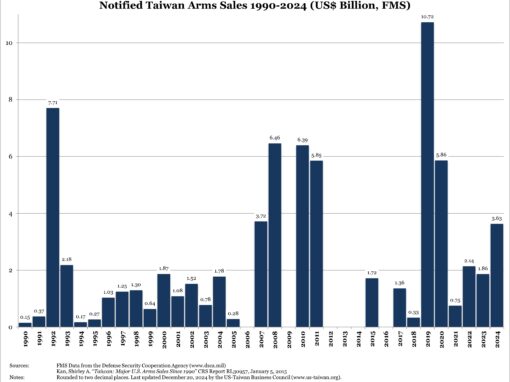May 7, 2025
U.S. Department of Defense Contract Announcements – Taiwan
The U.S. Department of Defense publishes contract announcements online at www.defense.gov. These announcements contain details including companies to which the contract was awarded, performance timeline, amounts awarded, and the source of the contracting activity. This post on the Taiwan Defense & Security website collects an extensive listing of contract awards where the announcement mentions Taiwan. The list begins in March of 2016.


